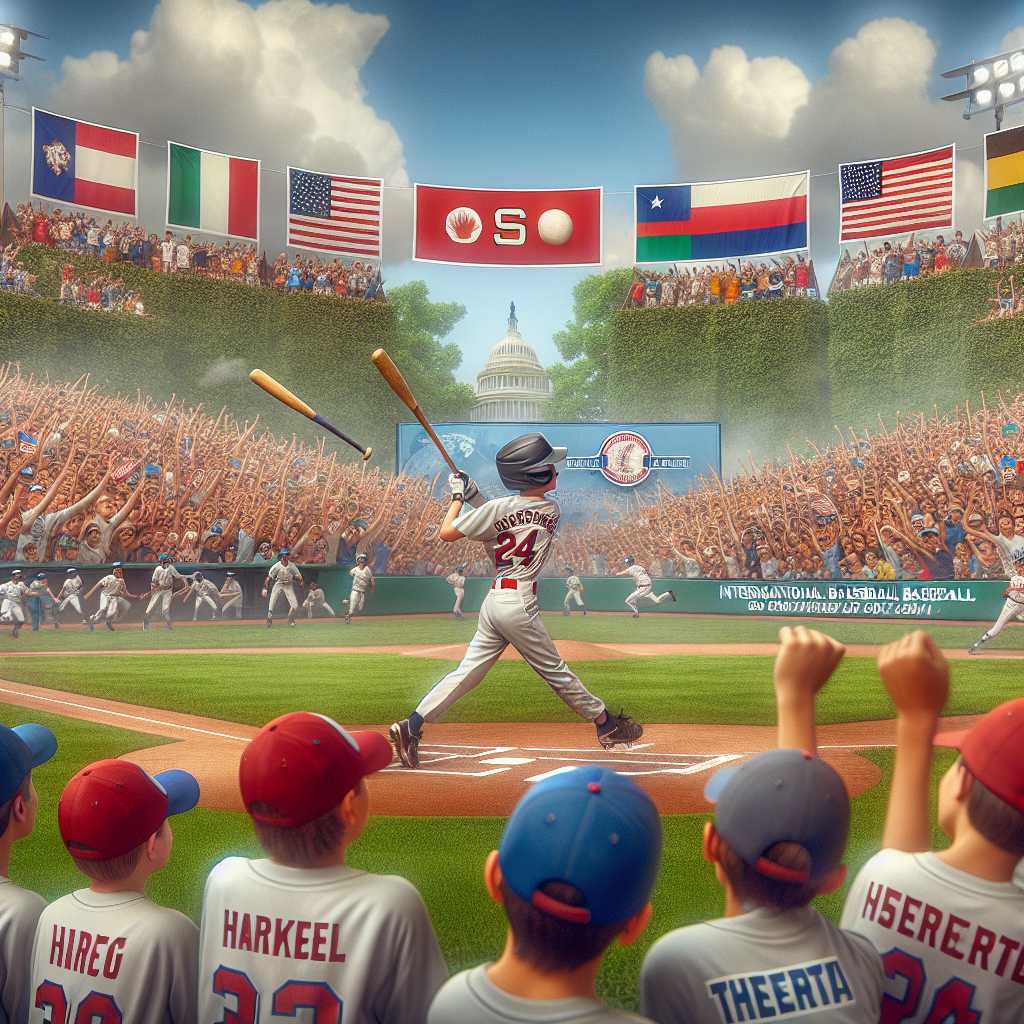The Little League World Series: A Global Stage for Youth Baseball
The Little League World Series (LLWS) stands as one of the most iconic youth sports events, not only in the United States but around the world. Every summer, the city of South Williamsport, Pennsylvania, becomes a global stage where young athletes share their talents and the universal passion for baseball. The LLWS epitomizes not just competition and athletic excellence, but also the spirit of international camaraderie and the love for the game.
History and Evolution of the LLWS
The Little League World Series had its humble beginnings in 1947 when the first tournament was played. Originally called the National Little League Tournament, it was later renamed to reflect its international expansion. Over the years, the series has grown significantly hitting hallmark moments. From the inclusion of international teams in 1957 to Carl Stotz’s (founder of Little League Baseball) vision becoming a cultural phenomenon, the LLWS reflects both history and progress.
Qualifying: The Road to South Williamsport
For a team to participate in the LLWS, it must emerge victorious through a series of qualifying tournaments at district, state, regional, and sometimes national levels if they are from outside the United States. The structure is designed to allow teams from around the world to compete on equal terms, with populations and resources largely balanced out by Little League’s meticulous division of districts and regions.
Competition Structure
At its core, the competition involves teams from several international regions and various regions of the United States. The structure entails a group stage followed by a knockout phase leading up to the championship game. Traditionally, there are eight United States teams, divided by region, and eight international teams. This creates a diverse mix of cultures and playing styles that showcases global talent.
Significant Rule Variations from Professional Baseball
The rules of Little League Baseball have distinctive differences from professional baseball to accommodate young players. This includes pitch count limits to protect developing arms and shorter distances between bases and pitching mounds. Moreover, games can be declared complete after four innings instead of the regulation nine if a team has a significant lead – this is part of Little League’s “mercy rule.”
Impact on Participants and Communities
Perhaps one of the most understated aspects of the LLWS is its impact on communities and participants’ lives. It offers an opportunity for learning sportsmanship, teamwork, discipline, and resilience. For many towns and cities around the world, having a team compete brings a sense of pride and community bonding that lasts long after the final inning is played.
Media Coverage and Public Interest
Another major facet of the LLWS is its media coverage, which has substantially grown since ABC first televised a game in 1960. Now broadcasted across various platforms worldwide, these games give players exposure on a grand scale and allow millions of spectators to witness potential future stars in their formative years.
Notable Alumni
The LLWS has seen many players who went on to professional careers in baseball as well as other fields. Perhaps one of the most notable alumni is Gary Sheffield who played during the 1980 series but more so were those who translated core lessons from Little League into successful lives outside baseball.
Legacy and Challenges Moving Forward
While eyeing expansion and inclusivity, simultaneously addressing safety concerns and ensuring ethical parity remain challenges for Little League International. In navigating these issues lies the potential for even further extension of reach and impact for this cherished institution.
Notes
Image description: A panorama view capturing an exciting moment at Howard J. Lamade Stadium filled with enthusiastic fans; foreground shows young baseball players in uniform looking on anticipatively as a batter takes a swing during an LLWS game. Large banners with country names symbolize the global nature of the tournament while plumes of green surrounding trees frame this quintessential American summertime scene.
